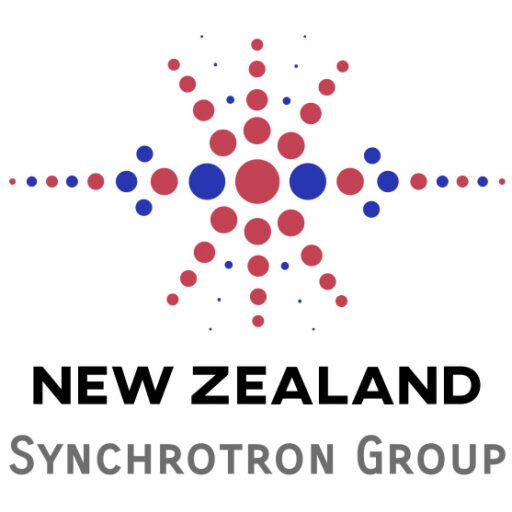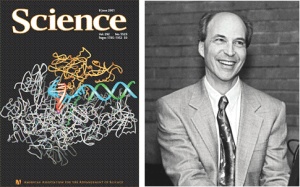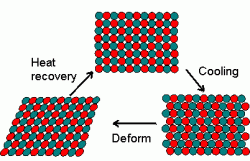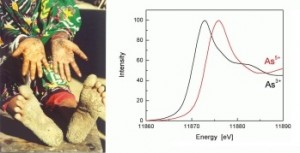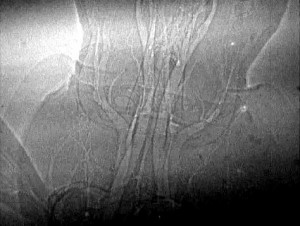A synchrotron is a multi-purpose tool: a bright source with many different experimental stations, all designed to perform different types of experiments. The applications of synchrotron techniques to science and industry are just as varied. The following are merely some examples:
Protein crystallography is used to determine the structure of biological molecules. In 2006 the Nobel Prize in chemistry was awarded to Prof. Roger Kornberg of Stanford University for his work in determining the mechanism of RNA folding, which relied heavily on the use of synchrotron protein crystallography experiments. It is also used in drug design, in which pharmaceuticals are tailored to target certain biological molecules based on their shape and chemistry.
X-ray diffraction can be used to study the surface and bulk structures of a variety of materials and how these can change as a function of pressure, temperature, etc. For example, the phase diagram of shape memory alloys has been extensively studied using synchrotron x-ray diffraction.
Small-angle x-ray scattering is used to glean information about particle or pore size distributions in systems that have structures of sizes between 1 and 100 nm. This can include biomaterials, nanoparticles, aerogels, etc. This technique was used by Cadbury’s chocolate in the UK to gain information about phase changes that occur during the manufacturing process.
X-ray absorption spectroscopy enables researchers to target a particular element of interest. At a synchrotron, the exceptional energy resolution also allows the distinction between different valences of the same element. This proved to be very useful in helping soil scientists determine how to combat arsenic poisoning in Bangladesh, since trivalent arsenic is mobile in groundwater but pentavalent arsenic is not. Another example is the use of x-ray absorption spectroscopy, combined with x-ray diffraction, to study the structure of the surface layer of stainless steel that prevents it from corroding.
Synchrotron x-rays can be used for taking x-ray images. Since the high flux means one can use short exposure times, there is the possibility of creating x-ray videos. Researchers at the Advanced Photon Source in Chicago took an x-ray movie of a beetle and discovered the mechanism by which insects breathe. This was published in 2003 in the prestigious journal Science. X-ray imaging can also be used in the engineering and manufacturing industry for non-destructive testing, as well as in human medicine.
